Sketchnoting
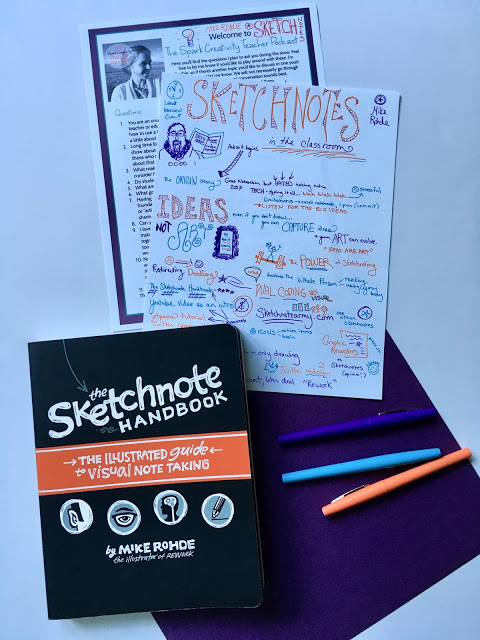
Sketchnotes are like one-pagers that you create on the fly, making your choices rapidly as you process information and get what really matters down onto your notes through a combination of pictures and words…
One-Pagers for the Art-Phobic
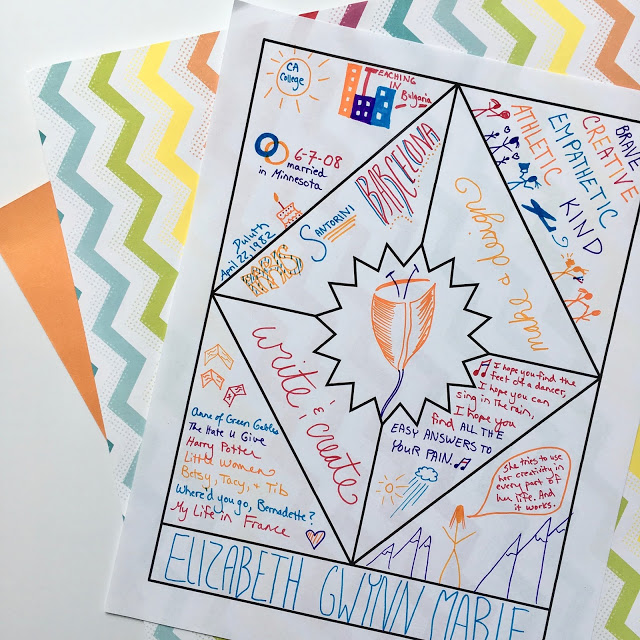
One-pagers are becoming increasingly popular as a way to help students process what they have read in one powerful activity. Like sketchnotes, they combine visuals with text to make ideas come alive in students’ minds and memories…
Pop-Up Debates
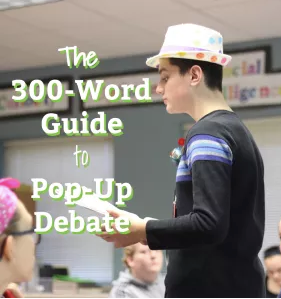
Pop-up Debate is a method for managing and facilitating in-class debates; it is easily modifiable for other speaking scenarios, such as discussions or toasts.
Students use assigned text(s), logic, and/or course content to respond to a debatable prompt and their peers’ arguments using the rules below. Every student speaks 1+ times, depending on time constraints. These limits are set by the teacher. To speak, students simply “pop up” at their desks and talk. First person to speak has the floor. When multiple students pop up, teach them to politely yield the floor. Argument is a collaborative endeavor, and collaboration isn’t a pointed finger and, “Sit down, I was up first.”
A-Z Sentence Summary
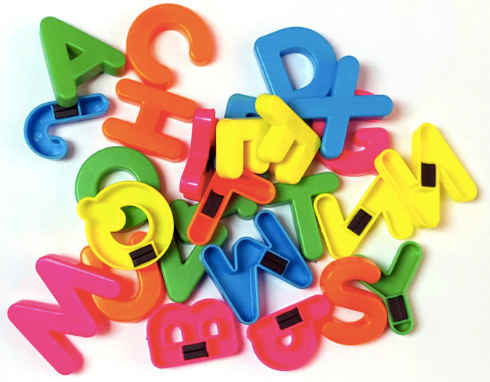
In this activity, students use alphabet refrigerator magnets to create a Chalkboard Splash review. At the end of a lesson, students choose magnetic letters, attach these to the whiteboard, and write their one-sentence summaries on the board. This activity is a great wrap-up to almost any lesson, enabling students to share and contribute to a larger-scale whole-class summary.
Three-Sentence Wrap Up
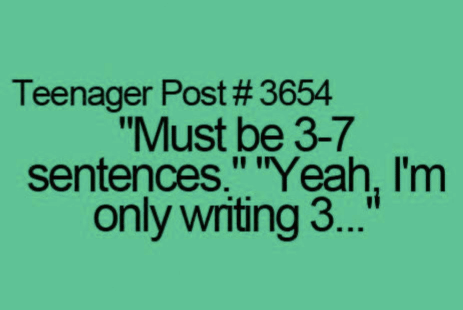
By asking students for Three-Sentence Wrap-Ups, you eliminate their tendency to add every peripheral item discussed in your lesson. Students have to be selective, determine what is most important, and then succinctly sum it up. Having to summarize something lengthy, in three sentences or fewer, can be a bit of a challenge.
The Biggest Aha Quick-Write

The Biggest Aha Quick-Write is a quick, versatile activity that can provide closure to almost any lesson. It allows you to capture what students feel are their most important insights learned from your lesson in just a few minutes of class time.
One Word Summary
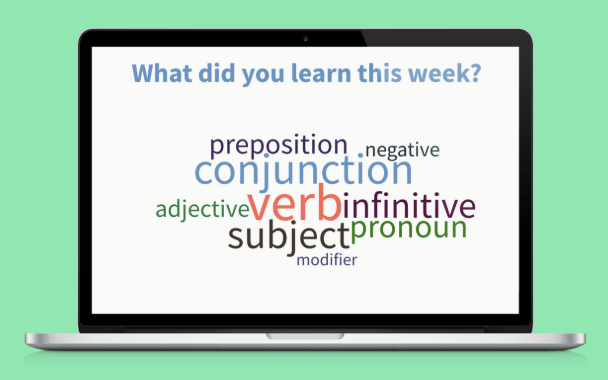
One-Word Summaries to allow students to summarize the essence of the content presented that day using just one word. The teacher then circulates around the room asking for explanations or clarifications. This activity is versatile, brief, and can be used without much planning.
Pause, Star, Rank

This activity allows students to review their notes while the concepts are
still fresh in their minds. They can clarify what they wrote while they still remem-
ber why they wrote it. They also can encode their notes with stars to indicate the most important concepts, and then numbers indicating the ranking of the three most important points.
Lecture T-Chart
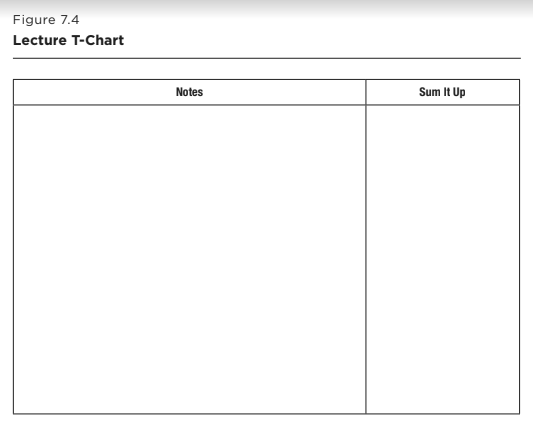
A Lecture T-Chart can be very useful to students by allowing them to review their notes and sum them up on the right-hand side of the T-chart using words or a Quick-Draw.
Picture Notes
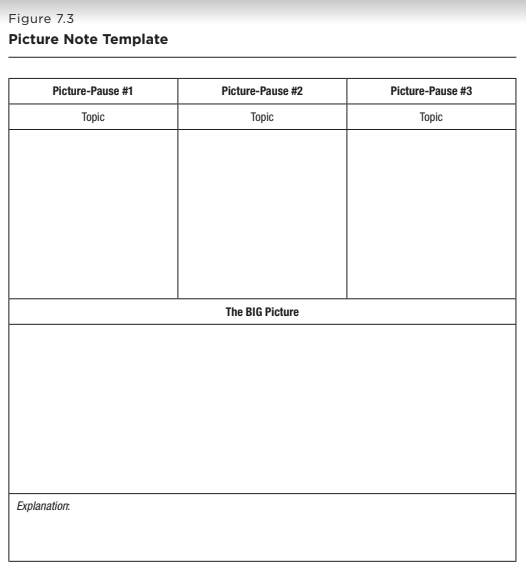
Picture Notes can provide an excellent way for students to stop and process what they have learned. They are meant to accompany written notes, not to completely replace them. During selected pause points, students create a picture that illustrates the concepts being learned.
Hold-Ups
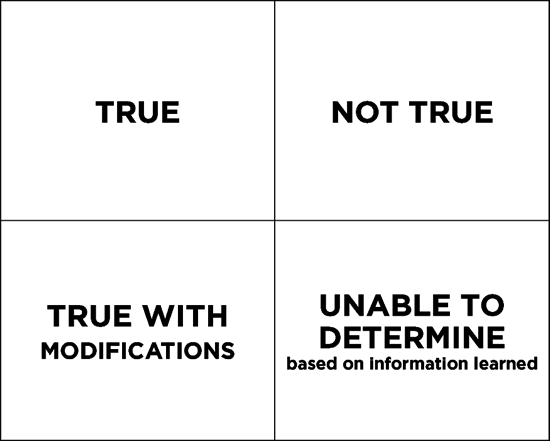
Hold-Ups are interaction-based activities that use response cards. In these activities, students interactively reflect on a prompt and hold up a card, paper, or whiteboard in response. The most essential component to the Hold-Up is the interaction.
Thumbs Up/Down Vote

Thumbs Up/Down Vote is another one of those quick techniques that many teachers use frequently. It is simply a yes/no vote with students putting their thumb up if they agree and down if they disagree. This simple technique provides a quick reading of the class, but to make it meaningful, it should be used as the second or last part of a Ripple. In other words, the vote ought to represent deep thinking that has already occurred, and for which you have already required evidence from each of your students.
Ranking
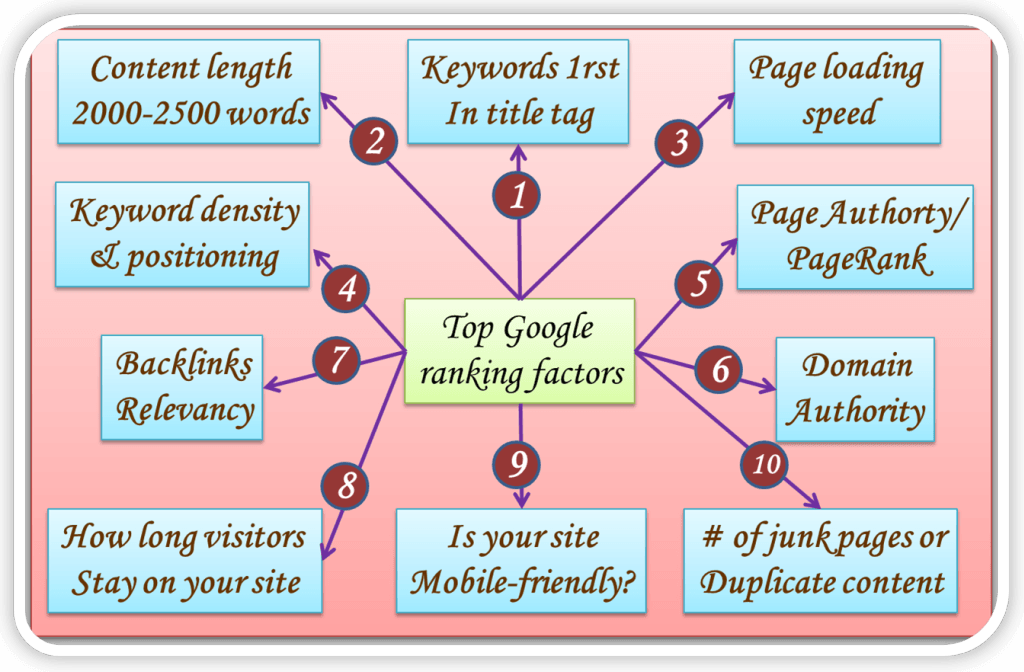
Ranking is an activity that requires your students to analyze components of the concepts that you are teaching and then justify their reasons for assigning rankings. It can be done on the spot, or it can be carefully planned to allow for more thorough analysis.
Similes
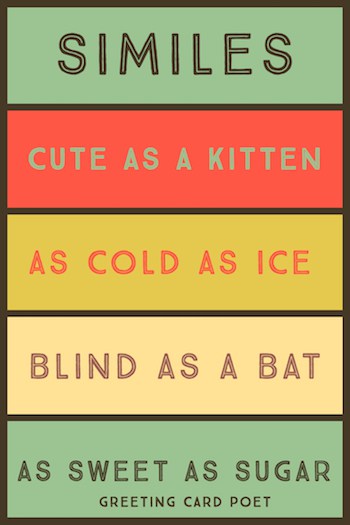
Similes compare two unrelated things. For example, a simile using the topic of TPTs might be “TPTs are like safety nets in that they protect students from falling through the cracks.” Similes can provide opportunities for abstractly portraying the big picture of concepts in a way that sums up their meaning.
Thumps Up When Ready & Processing Cards
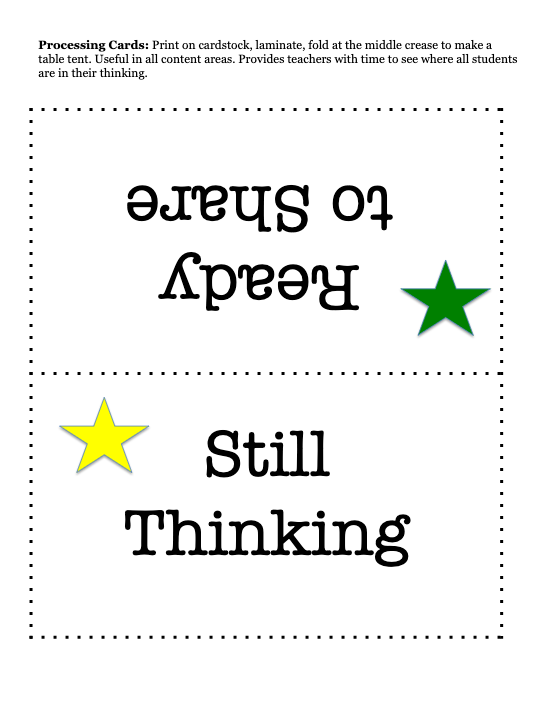
Allowing students to take even a brief moment to process their reflections to a prompt is critical if you want to get high quality responses, especially if you have students with certain special needs or English language learners in your class. Here are two ways to read each individual’s progress as the students process their reflections. Both techniques also serve as great unspoken reminders to students that they should all be in the process of reflecting on the prompt.
Quick-Draws
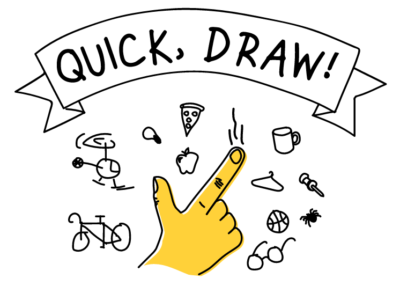
Quick-Draws are opportunities for students to demonstrate their understanding of an abstract term or concept by representing it in a drawing. This can be used with any age group and in any content area, not only for
Quick-Writes
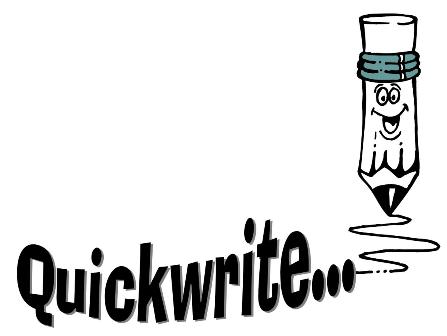
A Quick-Write is a brief activity that can be inserted at almost any point within a lesson or planned ahead using prepared prompts.
RoundRobin
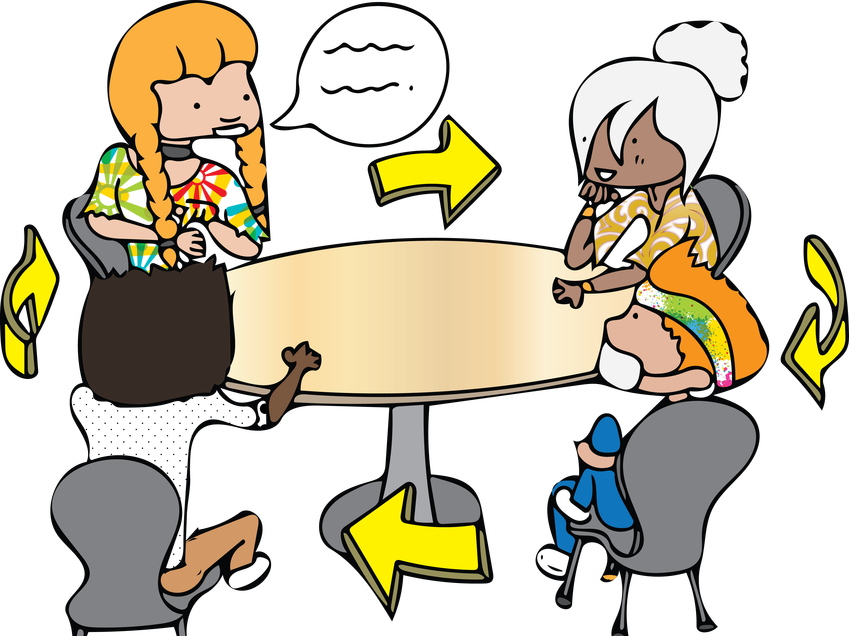
In teams, students take turns sharing responses. Variations include Single RoundRobin, Continuous RoundRobin, Timed RoundRobin, Think-Write-RoundRobin, AllRecord RoundRobin, and AllRecord Consensus.
Student-Authored Textbooks
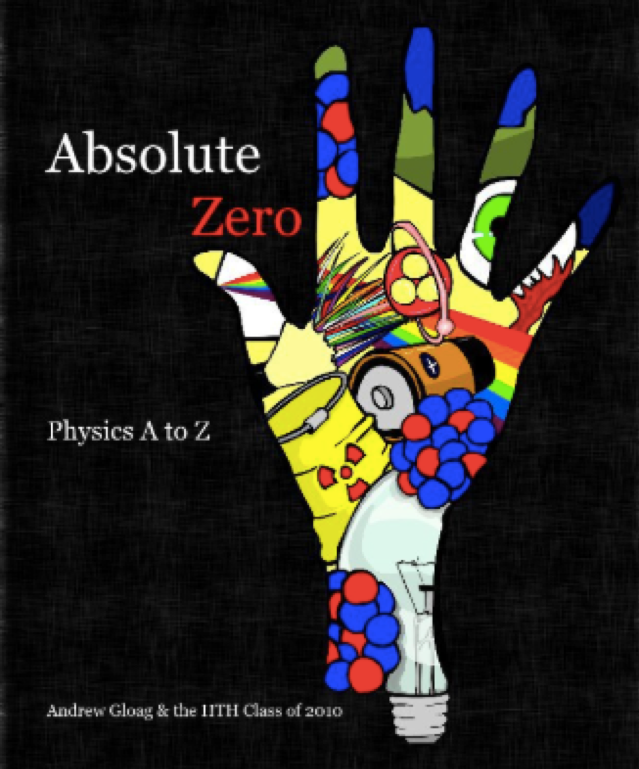
Student-Authored Textbooks What if instead of approaching vocabulary as something they had to learn each week, they approached their words as something they needed to be able to teach others? I’ve been fascinated by Jal Mehta and Sarah Fine’s book In Search of Deeper Learning lately. One of the chapters is about a project at one high […]
Vocab Magic Spells
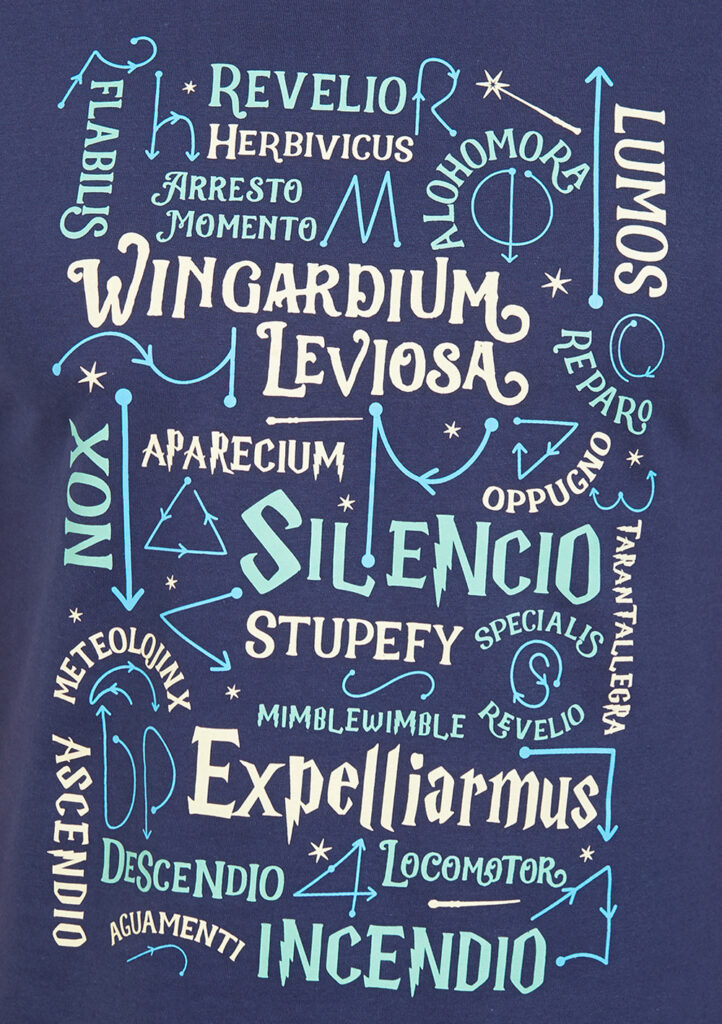
Vocab Magic Spells Like the Tattoo Design activity, I think magic spell vocabulary has the potential to grab the attention of students who are really tapped out when it comes to studying vocab. If your class loves Harry Potter, try having them create magic spells that involve the words they’ve been assigned. Rowling does this with spells like […]
